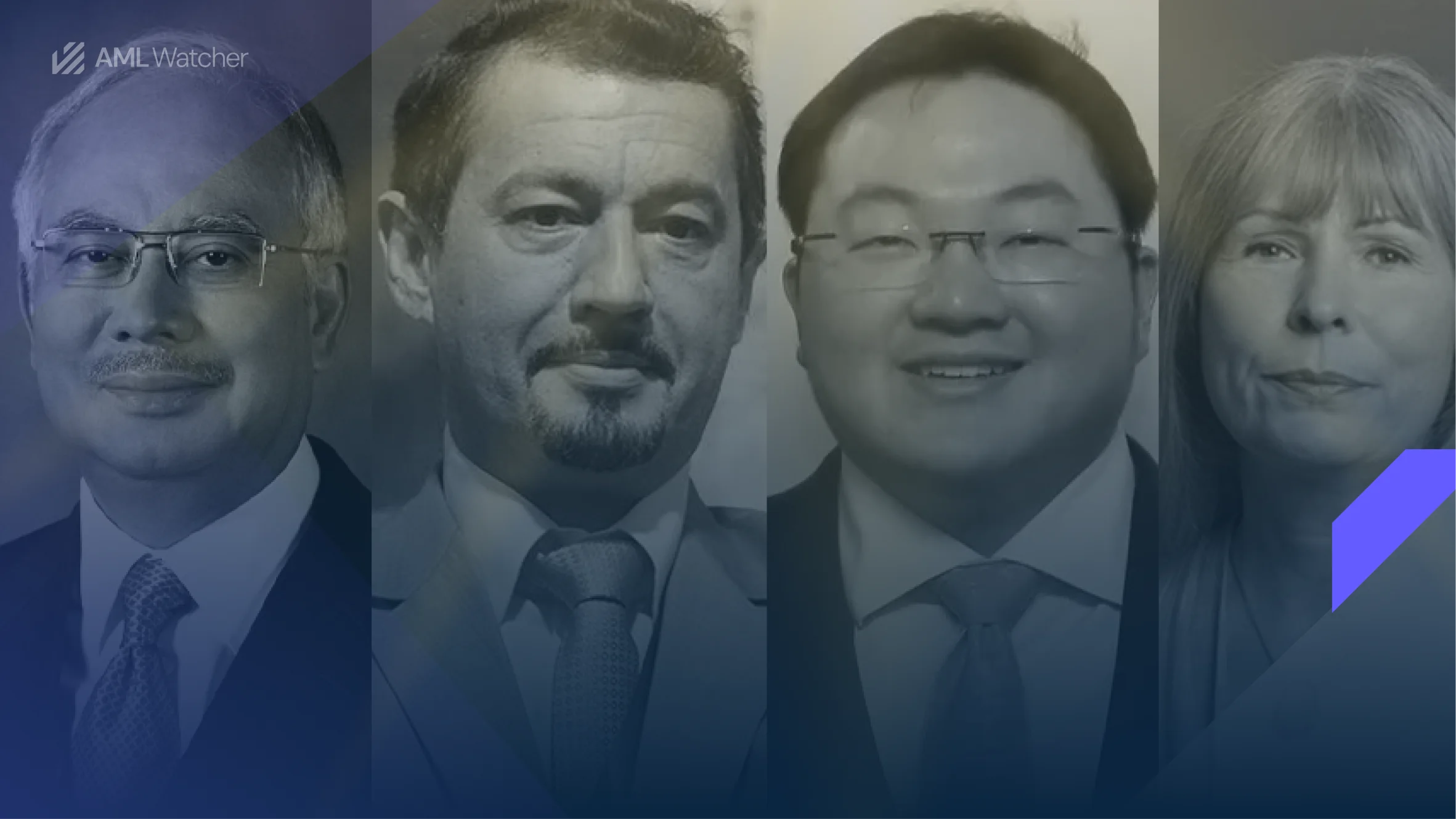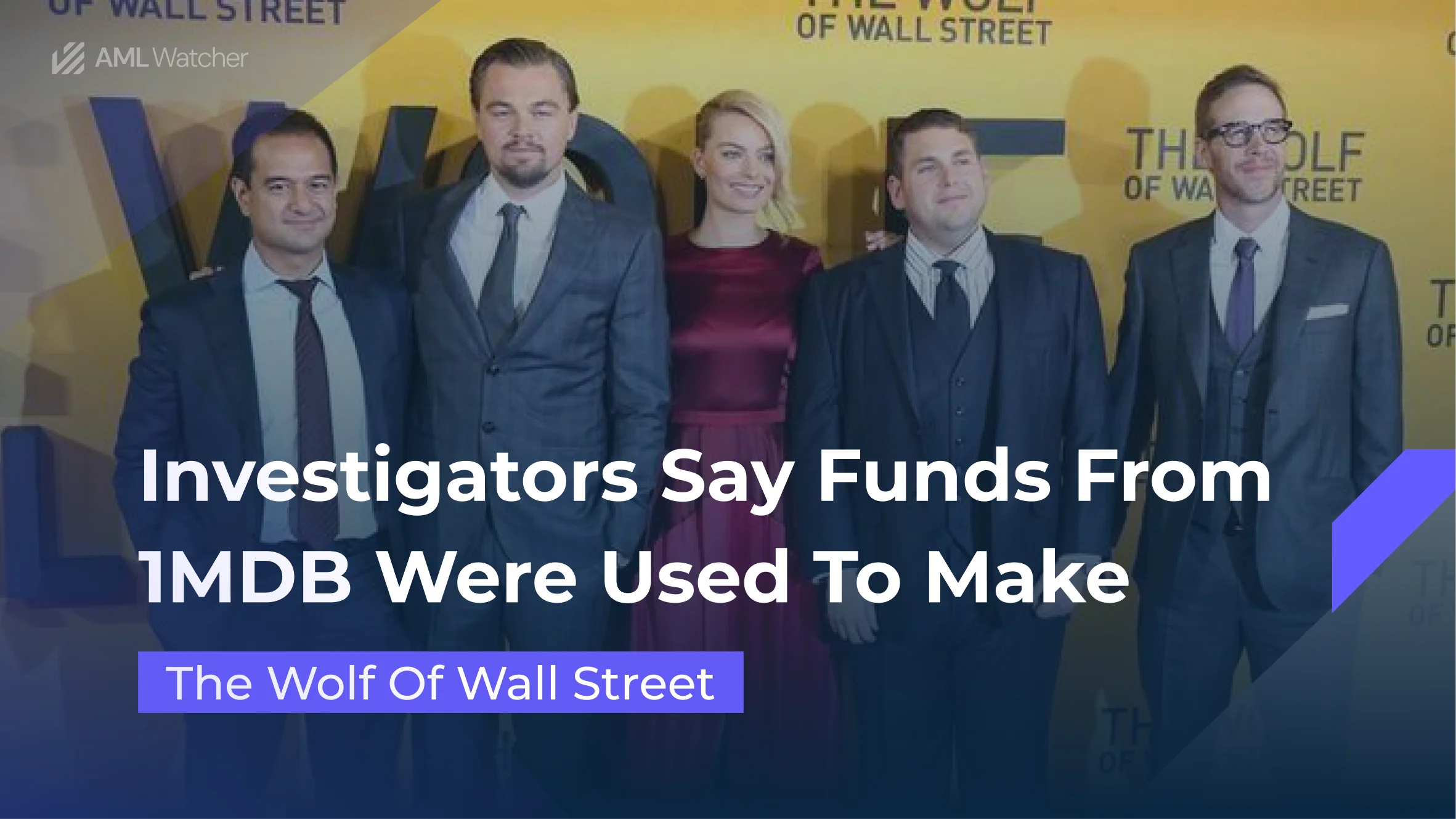
Goldman Sachs & 1MDB Scandal: Lessons in Compliance
Recent Development on Goldman Sachs and 1MDB Scandal
Goldman Sachs, the global investment banking giant, has found itself embroiled in a legal tussle with Malaysia over the 1MDB scandal, which has been making headlines for years. This complex web of financial wrongdoing involves allegations of embezzlement and money laundering on an unprecedented scale. Malaysia has been investigating Goldman’s role in the underwriting of 1MDB bond issues, and this scrutiny has now culminated in a legal dispute between the investment bank and the Malaysian government.

According to the Reuters, Goldman Sachs was fined $600 million for its involvement with 1MDB – This high-stakes financial venture not only fattened Goldman’s coffers but also led to hefty bonuses for some of its top executives. However, the bank has contended that members of the former Malaysian government and 1MDB officials misled them about the actual use of the funds from the bond sales.
This stance set the stage for a legal showdown, with Goldman agreeing in 2020 to a $2.9 billion settlement with the United States Department of Justice (DoJ) over its involvement in the 1MDB scandal. Furthermore, its Malaysian unit pleaded guilty to a corruption charge.
One key figure in this drama, Tim Leissner, a former partner at Goldman Sachs, pleaded guilty in 2018 to charges related to money laundering and violating anti-bribery laws. He agreed to cooperate with prosecutors but has yet to be sentenced. Roger Ng, Goldman’s former top investment banker for Malaysia, on the other hand, pleaded not guilty to similar charges. He was sentenced to ten years in prison in the United States and was later brought to Malaysia to assist local investigations.
Later in 2020, Goldman Sachs agreed to pay $3.9 billion to the Malaysian government to settle a criminal probe. Part of this agreement included a one-time interim payment of $250 million, to be made if Malaysia had not received at least $500 million in assets and proceeds by August 2022. Disputes have arisen concerning whether Malaysia reached this $500 million threshold by the specified date and whether an interim payment was due.
This contentious issue has now led to Goldman filing for arbitration with the London Court of International Arbitration. Malaysia, under its new Prime Minister Anwar Ibrahim, has expressed a desire to review the settlement with Goldman and has even threatened legal action. This ongoing saga underscores the legal complexities and financial consequences that can arise from major financial scandals like the 1MDB affair.
Understanding the 1MDB Scandal
The 1Malaysia Development Berhad (1MDB) scandal is a colossal financial and political controversy that unfolded in Malaysia and reverberated throughout the world. It revolves around a state-owned strategic development company, 1MDB, established in 2009 by Malaysia’s then-Prime Minister, Najib Razak. Its initial aim was to drive foreign investments into the country, fund infrastructure projects, and stimulate economic growth. However, the heart of the scandal lies in allegations of extensive money laundering, embezzlement, and financial mismanagement.
In 2015, a disclosure made public by Sarawak Report and The Wall Street Journal revealed that the then-Prime Minister of Malaysia, Najib Razak, had funneled more than RM 2.67 billion (equivalent to approximately US$700 million) into his private bank accounts from 1MDB, a state-operated strategic development entity. While Razak admitted receiving these funds, he steadfastly maintained that they were not for his personal benefit and were donations from the Saudi royal family.
Over the years, astonishing allegations surfaced, implicating top-tier government officials, financial institutions, and even celebrities. The scale and opacity of these transactions raised profound concerns.
The 1MDB scandal is not confined to Malaysia; its ramifications extended globally, implicating financial institutions and individuals across numerous countries. Investigations uncovered a complex web of financial wrongdoing, including the utilization of shell companies and offshore accounts. Governments, law enforcement agencies, and regulatory bodies worldwide launched extensive investigations and initiated legal proceedings in response to this colossal scandal.
The Money Laundering Nexus:
Central to the 1MDB scandal were staggering allegations of money laundering and embezzlement. Approximately $700 million of 1MDB funds purportedly made their way into Najib Razak’s personal bank accounts through entities linked to 1MDB. While Razak didn’t contest the receipt of these funds, he vehemently contended that they weren’t for personal enrichment. Nevertheless, the sheer scale and opacity of these financial transactions raised serious doubts. Money laundering and embezzlement charges cast a long shadow, tarnishing the institution’s image and denting Malaysia’s global credibility.
Malaysia’s Attorney General and the central bank launched investigations into 1MDB. The central bank imposed fines on 1MDB for its non-compliance with Malaysia’s financial regulations. However, these penalties appeared inadequate given the gravity of the situation. Subsequently, seismic revelations struck: news reports indicated the involvement of three major international banks in the 1MDB money laundering saga. Concurrently, the U.S. Justice Department commenced a civil lawsuit to seize over $1 billion in 1MDB assets and properties during its independent investigations.
The Global Enigma:
What made the 1MDB scandal truly remarkable was its global reach. Investigations unveiled an intricate network of money laundering spanning the globe. Suspicious funds linked to 1MDB infiltrated multiple countries, encompassing Singapore, Hong Kong, Thailand, the United States, Switzerland, Britain, Luxembourg, and Australia. These funds purportedly traversed intricate financial transactions, camouflaging their origins via shell companies and offshore bank accounts. Officials, associates, and family members connected to 1MDB faced allegations of involvement in this colossal money laundering web.
The repercussions of the 1MDB scandal reverberated far beyond Malaysia’s borders. Accusations reached the upper echelons of government. Established international financial institutions found themselves entangled in the web of non-detection and non-reporting of suspicious transactions. The scandal spotlighted the frailties within the global financial system, underscoring the role of international financial entities in facilitating such misconduct.
Key Compliance Lessons from the 1MDB Scandal
Scrutinizing the 1MDB scandal reveals a summary of pivotal compliance lessons that we, as individuals and organizations, must wholeheartedly embrace. Beyond a tale of financial wrongdoing, it serves as a blueprint for constructing a more secure and responsible financial world. In the subsequent sections, we embark on a deeper examination of these compliance lessons, drawing wisdom from the trials and tribulations of the 1MDB scandal to illuminate our collective efforts in fortifying robust AML and compliance procedures
1. Robust Due Diligence is Non-Negotiable:
The 1MDB scandal is a testament to the crucial role of robust due diligence within the financial industry. It serves as a clear reminder that financial institutions must leave no stone unturned when it comes to scrutinizing their clients and transactions. This meticulous PEP screening process becomes especially critical when dealing with politically exposed persons (PEPs). PEPs are individuals who hold or have held prominent public positions, and their financial dealings often carry higher risks for corruption and money laundering.
The compliance lesson here is crystal clear: fraud detection and acting upon suspicious activities is not just an option; it’s a moral and regulatory imperative. Comprehensive due diligence processes, including customer due diligence (CDD) and enhanced due diligence (EDD), must be meticulously executed. Customer profiles, transaction patterns, and source-of-funds verifications are all integral components of a vigilant AML risk management. When red flags emerge, compliance professionals must act swiftly to investigate further and report to the appropriate authorities.
2. Senior Management Sets the Tone:
In the post-1MDB landscape, it’s evident that compliance culture starts at the top. Senior management plays a pivotal role in fostering an environment where compliance and integrity are core values. Leaders must lead by example, demonstrating their unwavering commitment to following the rules and adhering to comprehensive AML compliance. Their actions should mirror the values and standards expected of all employees. This lesson isn’t solely about lip service; it’s about walking the talk.
When senior management prioritizes compliance and models it in their daily conduct, they send a powerful message throughout their organizations. In such a culture, employees are more likely to take compliance seriously and act with integrity, knowing that their leaders expect nothing less. Compliance should not be viewed as a mere box-ticking exercise but as a fundamental principle ingrained in the organizational DNA.
3. Enhanced Cross-Border Collaboration:
The 1MDB scandal laid bare the shortcomings of international regulatory cooperation and enforcement. Money laundering knows no borders, and neither should efforts to combat it. This scandal brings forth the pressing need for global authorities to work in unison to tackle money laundering effectively. Enhanced cross-border collaboration means that regulatory bodies from different nations should share intelligence, coordinate investigations, and harmonize AML regulations and practices.
Sharing information about suspicious activities, individuals, or entities involved in financial wrongdoing can prevent the flow of illicit funds from one country to another. International cooperation is not only beneficial for tracking and apprehending criminals but also for creating a more consistent and robust AML environment globally. When countries share best practices and collaborate in enforcing AML regulations, it becomes significantly more challenging for money launderers to exploit regulatory gaps and move ill-gotten gains.
4. Strengthening Legal Frameworks:
In the wake of the 1MDB scandal, many nations undertook a thorough reevaluation of their AML policy enforcement. The lesson here is that these legal frameworks need to evolve continuously to adapt to the ever-changing landscape of financial crime. Strengthening global regulatory compliance involves making them more punitive and introducing stringent penalties for money laundering and related offenses. These penalties should act as a strong deterrent for potential offenders.
When criminals face the prospect of severe punishment, it becomes less appealing for them to engage in money laundering operations. Furthermore, lawmakers should consider expanding the scope and comprehensiveness of AML laws to close any existing loopholes. Legal frameworks need to keep pace with emerging financial technologies and sophisticated money laundering techniques, ensuring that the law is always one step ahead of financial criminals.
5. Leveraging Technology:
The 1MDB scandal underscores the critical role of technology in modern AML efforts. While human intelligence is invaluable, the sheer scale and complexity of financial transactions today make technology an indispensable ally in the fight against money laundering. Advanced AML solutions, powered by artificial intelligence and machine learning, can significantly enhance the detection of suspicious transactions and patterns. These systems can sift through vast amounts of data with speed and precision, identifying anomalies and red flags that might escape human notice.
This automated analysis not only improves the accuracy of identifying potential threats but also reduces the margin for human error. Additionally, technology aids in streamlining AML processes, making compliance more efficient and cost-effective. These technological solutions can handle the routine tasks of risk-based monitoring and reporting, allowing compliance professionals to focus on complex, high-risk cases.
In conclusion, the 1MDB scandal has imparted a series of invaluable compliance lessons for the financial industry. These lessons emphasize the importance of robust due diligence, a culture of compliance from top to bottom, international cooperation, strengthened legal frameworks, and the integration of advanced technology into AML practices. As we reflect on the past, we must internalize these lessons to create a safer and more secure financial landscape for the future.
We are here to consult you
Switch to AML Watcher today and reduce your current AML cost by 50% - no questions asked.
- Find right product and pricing for your business
- Get your current solution provider audit & minimise your changeover risk
- Gain expert insights with quick response time to your queries





